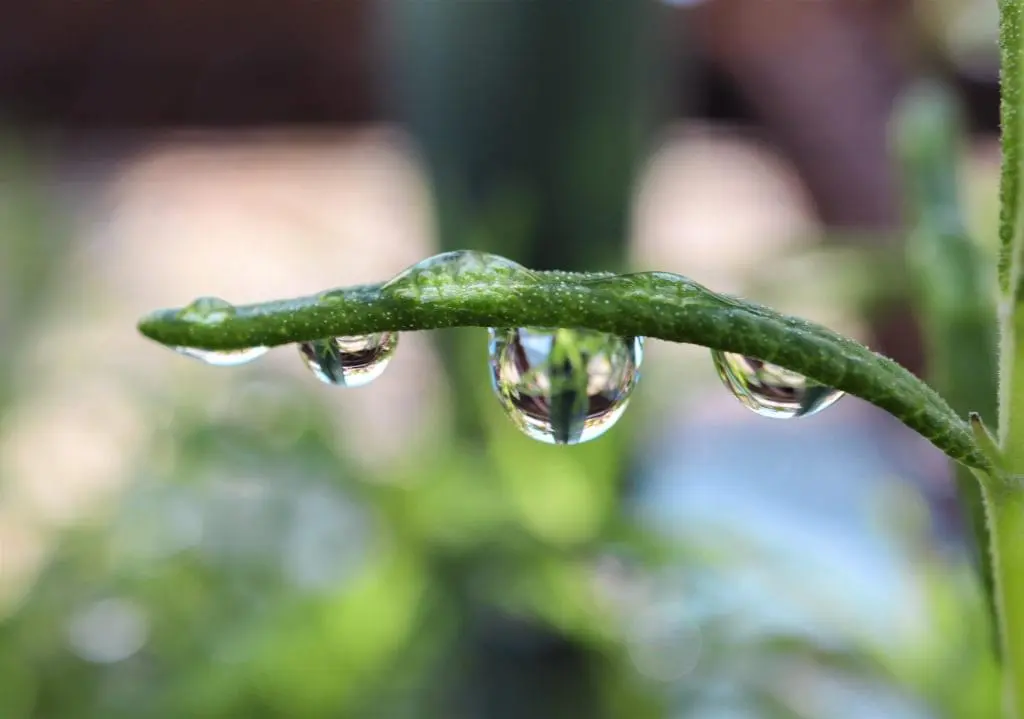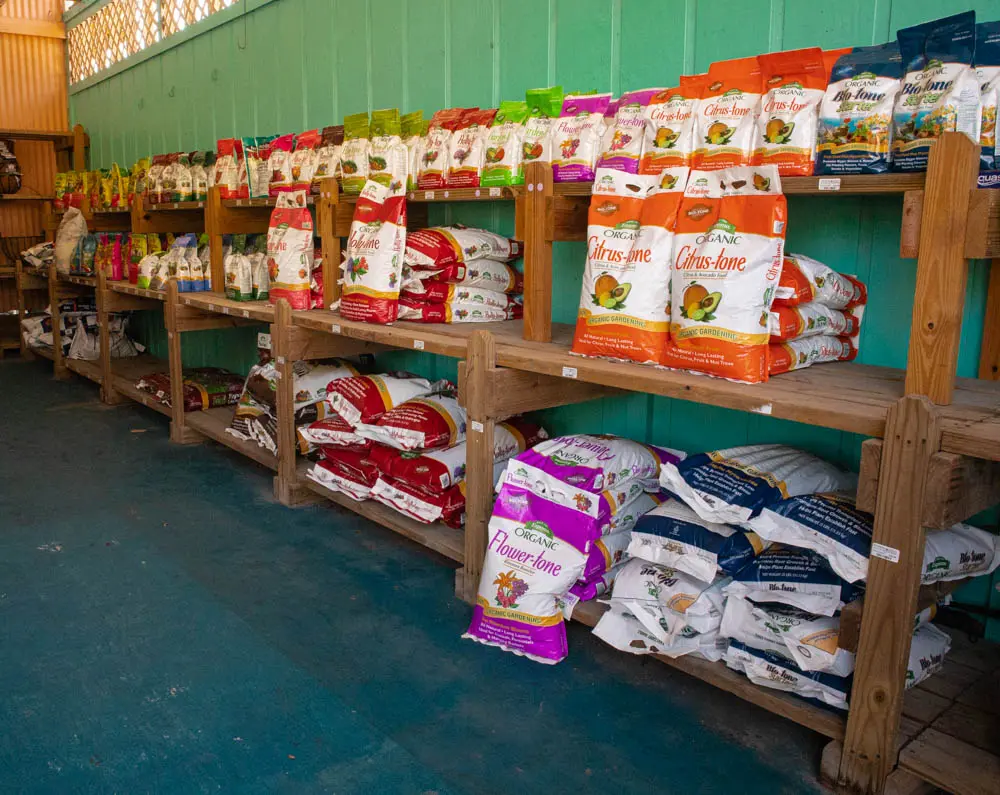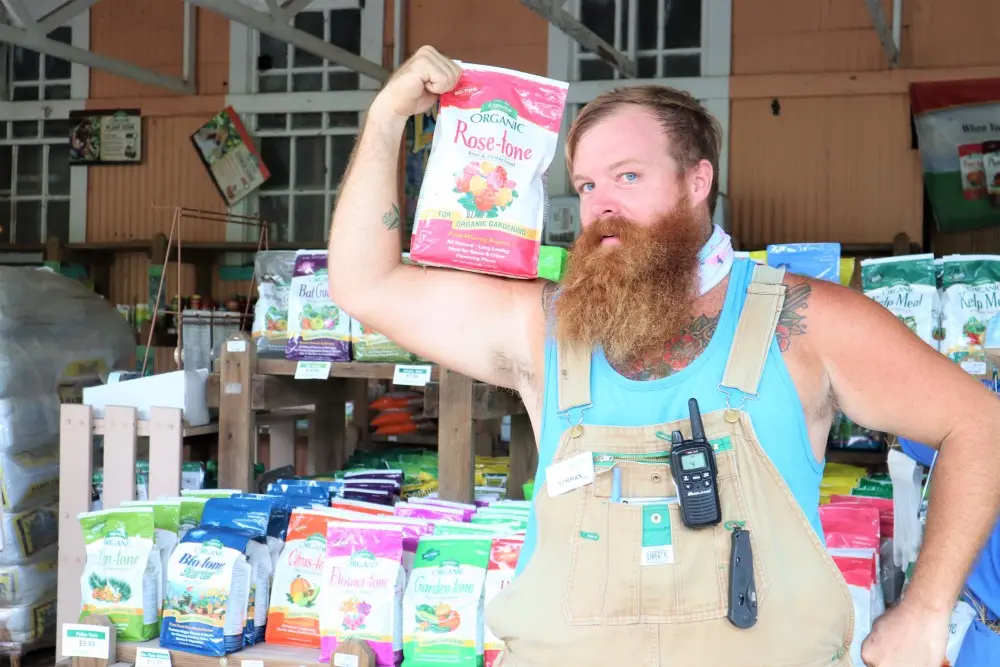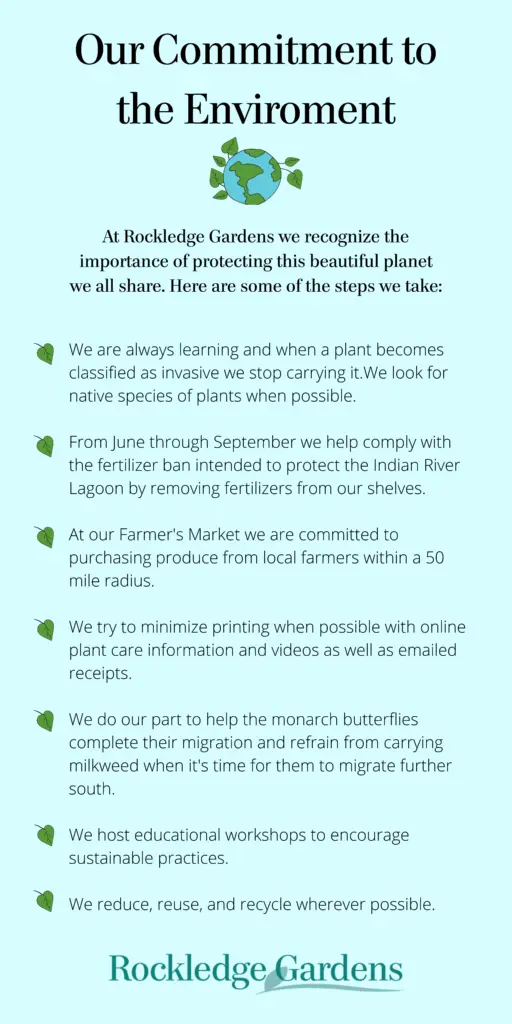by Amanda Rose Newton
Whoever first coined the classic rhyme “April Showers bring May Flowers” obviously did not reside in Florida. Our flowers have been showing off for months now, and the official rainy season goes from now until October. Our rain does end up bringing a lot of lush growth, but also a lot of runoff!

Enter the Fertilizer Ban.
Ban is one of those words that, while clear in its intentions, is not as intimidating as say, “forbidden” or “reprimandable”. Unfortunately, some take this to mean “optional” as no one will force you into the back of a police car if you are caught in the act of fertilizing in July.
So why does the ban matter and why is it important for us, so close to the Lagoon, to do our part?
When is the Fertilizer Ban?
Perhaps a better word to use is “ordinance”. Most counties in Florida, especially those near a body of water, have a fertilizer ordinance observed between June and October.
It’s important to note that within every county (especially a large one like Brevard), cities and towns can develop stricter guidelines that may extend those months out a few weeks.
Information per county can be found by visiting our county website. For us in Brevard, IFAS has provided an exceptional breakdown of not only the dates but also the amounts and areas allowed to put fertilizer down.
What types of Fertilizer Are Included in the Ban?
It might help to start with a reminder of what fertilizer is.
In simple terms, a fertilizer is a substance or mixture that includes one or more essential nutrients required for plant growth.

This is referring to the “big 3” on any fertilizer bag: nitrogen, phosphorous, and potassium.
Nitrogen and phosphorous are particularly notorious and we will discuss their rogue behavior later. Any substance that is aiding in raising or lowering your soil acidity, or is aimed at correcting soil or plant deficiencies can also fit under this umbrella.
When reading about the ban, you will probably see lingo referring to “slow-release” vs “quick release” nitrogen. Even during the non-rainy months, there are regulations regarding which types and how much nitrogen you are permitted to use.

The nitrogen you put down on your lawn must have or be at least 50% slow release.
For lawns, phosphorus should NOT be present in the fertilizer blend unless you have had a soil test done that suggests a severe deficiency.
Deficiencies are extremely rare, so it is unlikely that is something you need to worry about.
If you are interested in having a soil sample analyzed, ask us for tips on where you can have it performed locally. If you want to be truly “extra” about it, you can have a high-tech tissue sample taken to look for the percentage of phosphorus your grass is absorbing.
What is the Fertilizer-Free Zone?
Fertilizer-free zones are the amount of area that needs to be left untouched around a waterway. The general rule is to leave at least 10 feet from fertilizer application to the water’s edge.
Just like we saw with the ordinance timing, this can change drastically within a county. Brevard for example has certain areas like Grant-Valkaria and Indialantic that require a 25-foot space between fertilizer application and a body of water.
Remember, this is for the months falling OUTSIDE the months of the ban.

Why the Concern Over Fertilizer?
Phosphorus and nitrogen are excellent at providing speedy plant growth, rich green color, and vigor for our landscapes.
Unfortunately, they do the same thing for aquatic plants in our waterways.
Fertilizers applied during the rainy season may not have the opportunity to make it to the plant roots before being washed down the drain, which has historically been the case.
Those nutrients are responsible for super quick algal growth resulting in a lack of oxygen reaching animals and other plants below. The growth Florida has seen in the past several decades has led to more paved services and thus more avenues for runoff to fast track its way into our water.
While this all might be unintentional, it is harmful, which is why the ban is in place.
The good news is you probably don’t need to fertilize as much as you think. Perhaps you will not even need to at all.
This month on the blog, we will be discussing our long history with fertilizer, alternatives, and techniques that help you get the yard of your dreams without the risk of harming our fabulous lagoon.
This is one of the few times you really can make a positive contribution to the environment with little effort.
Support us and support the Lagoon by making the choice to not fertilize this rainy season!
For more information on the Ban outside of Brevard, check out this fantastic resource put out by Be Floridan Now.


